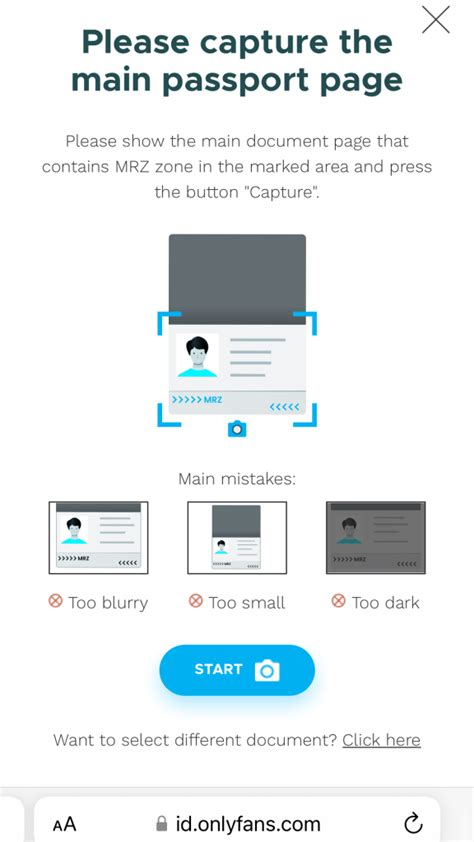5 Ways to Add Watermark to Your PPT

In today's world of digital presentations, ensuring the protection and authenticity of your work is crucial. One effective way to achieve this is by adding watermarks to your PowerPoint slides. A watermark serves as a subtle yet powerful visual indicator of ownership and can deter unauthorized use or duplication. In this article, we will explore five practical methods to incorporate watermarks into your PPTs, enhancing their visual appeal and safeguarding your intellectual property.
Method 1: Using PowerPoint’s Built-in Watermark Feature

PowerPoint provides a straightforward and convenient way to add watermarks to your slides. Follow these steps to utilize this feature effectively:
- Open Your Presentation: Launch PowerPoint and open the presentation where you want to insert a watermark.
- Access the Design Tab: Navigate to the Design tab located at the top of the PowerPoint window.
- Choose a Watermark: Click on the Watermark dropdown menu and select Custom Watermark…
- Create Your Watermark: In the Custom Watermark dialog box, you have two options:
- Text Watermark: Type the desired text (e.g., your name or company logo) into the Text field.
- Picture Watermark: Click Picture… and select an image from your device to use as a watermark.
- Set Watermark Properties: Adjust the Scale, Layout, and Position options to customize the appearance of your watermark.
- Apply the Watermark: Click Apply to preview the watermark on your slides. If you’re satisfied, click Apply to All to add the watermark to every slide in your presentation.
Tips for Effective Watermarking
When using PowerPoint’s built-in watermark feature, consider the following tips to achieve the best results:
- Choose a watermark color that contrasts with your slide background to ensure visibility.
- Select a font and font size that complement your slide design without overwhelming it.
- Position the watermark in a corner or a less prominent area of the slide to maintain readability.
- Test your watermark on a sample slide before applying it to your entire presentation.
Method 2: Creating a Custom Watermark Template

For a more personalized approach, you can design a custom watermark template that can be easily applied to multiple presentations. Here’s how:
- Design Your Watermark: Open a new, blank presentation and create your desired watermark using text or images. You can use the Insert tab to insert shapes, text boxes, or images.
- Adjust Watermark Properties: Right-click on the watermark and select Format Shape (for shapes) or Format Picture (for images). Here, you can adjust the transparency, color, and other effects to create a subtle watermark.
- Save as a Template: Once your watermark is ready, go to File > Save As. Choose PowerPoint Template (*.potx) as the file type and save your file. This template can now be applied to any new presentation you create.
Benefits of a Custom Template
Creating a custom watermark template offers several advantages:
- Consistency: Your watermark will appear the same across all your presentations, ensuring a unified brand identity.
- Time-saving: You won’t need to recreate the watermark for each new presentation, making the process faster and more efficient.
- Flexibility: You can easily update or modify the template whenever needed, allowing for customization as your branding evolves.
Method 3: Using Third-Party Watermark Software
If you require more advanced watermarking features or additional customization options, consider using third-party watermark software. These tools offer a wide range of functionalities to enhance your watermarks.
Recommended Software
- Watermarkly: A user-friendly online tool that allows you to add text or image watermarks to your PowerPoint slides. It offers various customization options and supports batch processing.
- Wmark: This software provides a simple interface to add watermarks to multiple PowerPoint files simultaneously. It offers features like transparent text watermarks and batch processing.
- PowerPoint Watermarker: A dedicated watermark tool for PowerPoint, allowing you to add text or image watermarks, adjust opacity, and apply watermarks to specific slides or the entire presentation.
Method 4: Embedding a Transparent Image Watermark
If you prefer a more subtle approach, embedding a transparent image watermark can be an excellent choice. Follow these steps:
- Prepare Your Image: Create or obtain an image that you want to use as your watermark. Ensure it has a transparent background.
- Insert the Image: Open your PowerPoint presentation and navigate to the slide where you want to insert the watermark. Go to the Insert tab and click Pictures to insert your image.
- Format the Image: Right-click on the image and select Format Picture. Adjust the transparency level and other effects to make the watermark subtle and visually appealing.
- Position the Watermark: Drag and resize the image to position it in the desired location on your slide.
Transparent Image Benefits
Using a transparent image watermark offers the following advantages:
- Flexibility: You can choose any image, logo, or graphic as your watermark, allowing for creative freedom.
- Subtlety: Transparent images blend seamlessly with the slide background, creating a professional and refined look.
- Versatility: This method works well for both text-based and image-based watermarks.
Method 5: Applying Watermarks to Specific Slides

In some cases, you might want to apply watermarks to only specific slides within your presentation. PowerPoint allows you to achieve this easily:
- Open Your Presentation: Launch PowerPoint and open the presentation where you want to apply selective watermarks.
- Select the Slides: Go to the View tab and click Slide Sorter to view all your slides in a thumbnail format. Hold down the Ctrl key and click on the slides you want to apply watermarks to.
- Insert a Watermark: Follow the steps from Method 1 to insert a watermark using PowerPoint’s built-in feature. The watermark will only be applied to the selected slides.
Advantages of Selective Watermarking
Applying watermarks to specific slides can be beneficial in various scenarios:
- Confidentiality: You can mark sensitive slides with watermarks to indicate restricted access or confidentiality.
- Highlighting: Use watermarks to draw attention to key slides or sections within your presentation.
- Customization: This method allows you to tailor your watermarks to different slide themes or content.
Conclusion
Adding watermarks to your PowerPoint presentations is a simple yet powerful way to protect your work and establish a professional brand identity. Whether you choose PowerPoint’s built-in feature, create custom templates, utilize third-party software, or opt for transparent image watermarks, these methods offer flexibility and customization to suit your needs. By implementing watermarks, you can ensure your presentations remain authentic and secure, leaving a lasting impression on your audience.
Can I remove watermarks from PowerPoint presentations I receive from others?
+Removing watermarks from PowerPoint presentations can be challenging, especially if they are embedded into the slides. However, if the watermark is simply an image or text overlay, you might be able to remove it by selecting and deleting it. Keep in mind that this may not be ethical or legal if the presentation is copyrighted or protected.
Are there any free watermark software options available?
+Yes, there are several free watermark software tools available online. These tools often offer basic watermarking features and may have limitations on file size or batch processing. Some popular free options include Watermarkly, Wmark, and PowerPoint Watermarker (with limited features in the free version).
Can I add different watermarks to different slides in the same presentation?
+Absolutely! PowerPoint allows you to apply different watermarks to specific slides. You can select the slides you want to watermark, insert a custom watermark, and then apply it only to the selected slides. This gives you the flexibility to customize your presentation as needed.


